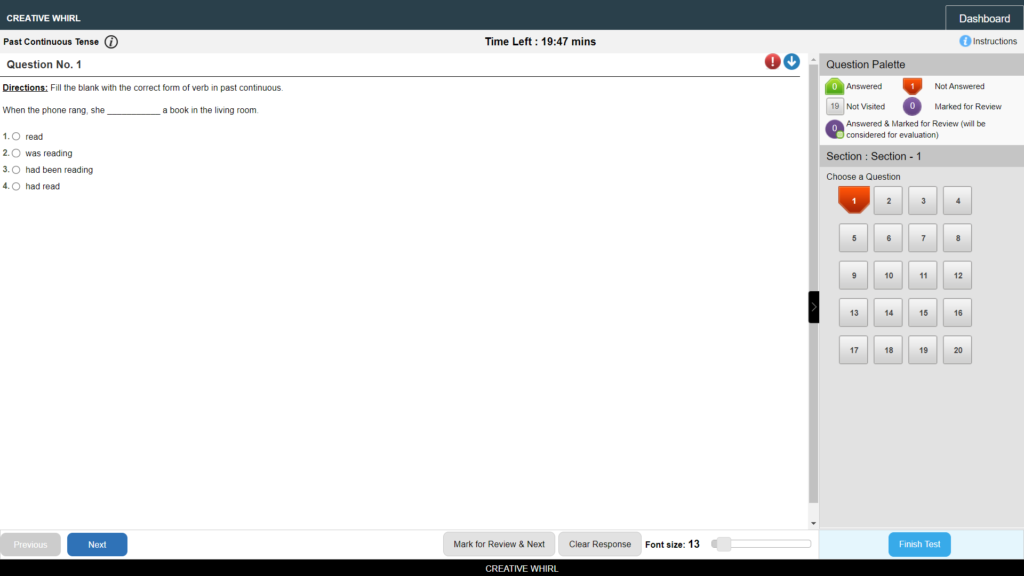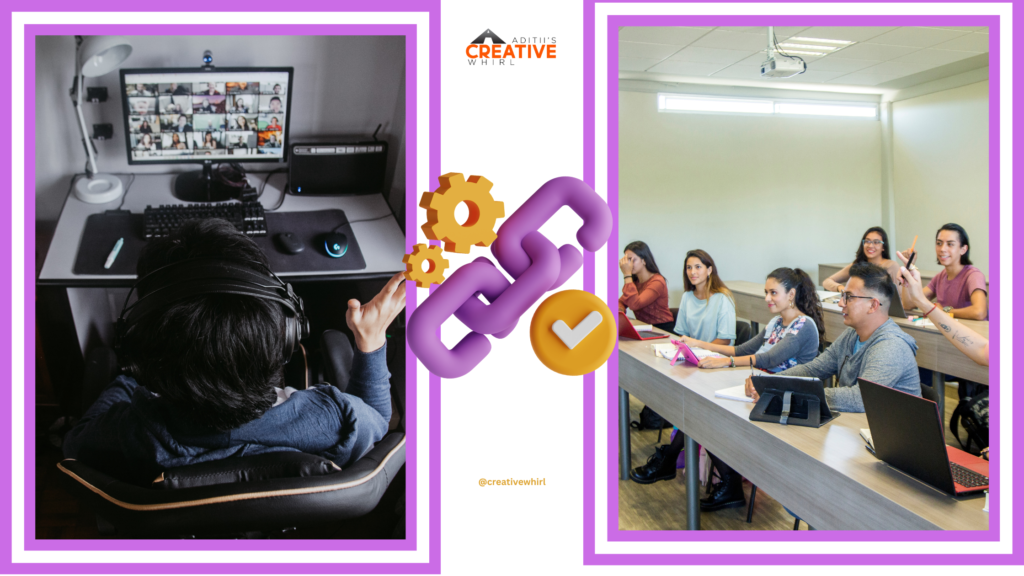
The landscape of English as a Second Language (ESL) education is rapidly evolving. Thanks to advancements in technology and an increasing emphasis on personalized learning, students and trainers alike are experiencing a revolution in how English is taught and learned. Whether you’re a teacher looking to enhance your instruction or a student striving for fluency, understanding the latest ESL trends is key to unlocking your full potential.
In this blog, we’ll explore the top trends shaping the future of ESL and offer practical tips for students and teachers on capitalising on these innovations.
1. AI-Powered Learning: Personalization at Scale
Artificial Intelligence (AI) is revolutionizing the ESL world, making personalized learning more accessible than ever before. Through AI-powered platforms and tools, students receive customized learning experiences tailored to their unique proficiency levels, helping them to learn faster and more effectively.
How AI is Transforming ESL:
- Intelligent Tutoring Systems: AI-driven platforms assess a student’s language level and customize lessons accordingly.
- Real-Time Feedback: AI offers immediate corrections on grammar, pronunciation, and vocabulary, similar to a human tutor’s guidance.
- Predictive Analytics: AI analyzes learning patterns to identify areas of difficulty and provides additional support before issues arise.
For students, incorporating AI tools such as Duolingo or Grammarly into your daily routine can accelerate language learning. For teachers, AI platforms can help streamline lesson planning and student assessment, allowing more time for interactive teaching.
2. Gamification: Making ESL Learning Fun and Addictive

Gamification in education has gained momentum, particularly in ESL instruction. By turning language learning into a game-like experience, platforms boost engagement and retention.
Gamification in Action:
- Points and Rewards: Platforms like Duolingo encourage learning through point systems, badges, and rewards.
- Competitive Elements: Leaderboards and challenges add a competitive edge, motivating learners to practice regularly.
- Narrative-Driven Learning: Storylines and characters are used to create an immersive learning environment.
For students, setting personal challenges and competing with peers can make learning more engaging. For teachers, incorporating game-based learning into your curriculum can help maintain student interest and participation.
3. Hybrid Learning Models: Combining Online and In-Person Learning

Hybrid learning, which combines online and face-to-face instruction, is becoming increasingly popular in the ESL world. This flexible model allows learners to benefit from the best of both worlds—immersive classroom experiences and convenient online learning.
Benefits of Hybrid ESL Learning:
- Flexible Scheduling: Students can balance in-person classes with online exercises.
- Remote Learning Tools: Platforms like Zoom and Microsoft Teams enhance virtual language instruction.
- Blended Assessment: Combining in-person assessments with online quizzes gives a more accurate view of progress.
To succeed, students should balance online and in-person learning by staying organized and engaged in both environments. Teachers should embrace digital tools to complement face-to-face teaching, ensuring a seamless learning experience.
4. Cultural Competency: Teaching Beyond Language
As globalization connects the world, mastering English isn’t just about language anymore—cultural understanding is now essential. ESL programs are increasingly incorporating cultural competency into their curricula, helping students navigate cross-cultural communication effectively.
Key Aspects of Cultural Competency in ESL:
- Authentic Materials: Lessons now include real-world content, such as news articles, podcasts, and social media posts, to teach cultural nuances.
- Virtual Exchange Programs: These offer students opportunities to interact with native speakers and engage in intercultural dialogue.
- Culture-Focused Curricula: Courses cover etiquette, non-verbal communication, and values alongside traditional language skills.
For students, immersing yourself in English-speaking cultures through media and virtual exchanges is a great way to enhance your language skills. For teachers, introducing culturally diverse content in lessons enriches the learning experience and prepares students for real-world interactions.
5. Microlearning: Small, Impactful Lessons
Microlearning is gaining traction as a trend in ESL education. This method focuses on delivering content in small, easily digestible units, which can be completed quickly and conveniently.
Why Microlearning Works:
- Mobile-First Design: Apps optimized for mobile use enable learning on the go, making it easy to fit lessons into busy schedules.
- Focused Lessons: Each micro-lesson targets specific skills, improving retention.
- Spaced Repetition: This technique helps reinforce lessons over time, ensuring long-term retention.
Students can use microlearning to fit language practice into daily routines, while teachers can create concise, targeted lessons that maintain students’ attention and focus.
Practical Tips for Students and Teachers
Staying ahead in the ESL world means actively embracing new trends. Here are some actionable tips for both students and teachers to maximize the benefits of these emerging developments.
For Students:
- Embrace AI Tools: Use apps like Duolingo for daily practice and Grammarly for writing improvements.
- Gamify Your Learning: Set personal goals, compete with peers, and reward yourself for achievements.
- Leverage Hybrid Learning: Dedicate space for online learning and actively participate in both online and in-person classes.
- Immerse in English Culture: Watch English shows with subtitles, follow English-speaking influencers, and consume real-world English content.
- Practice Microlearning: Use apps like Quizlet or Babbel to study during short breaks or commutes.
- Develop Communication Skills: Join English-speaking online communities and use language exchange apps to practice real conversations.
For Teachers:
- Integrate AI in Lessons: Use AI-powered tools to tailor lessons and offer personalized feedback to students.
- Incorporate Gamification: Add point-based systems, badges, and rewards to motivate students.
- Master Hybrid Teaching: Blend online and offline activities effectively to create dynamic learning environments.
- Focus on Cultural Competency: Use authentic materials and organize virtual exchange sessions to broaden students’ cultural awareness.
- Create Microlearning Modules: Design brief, focused lessons for specific language skills, and reinforce them with spaced repetition.
Conclusion: A Dynamic Future for ESL
As the ESL landscape continues to evolve, it offers exciting new opportunities for both students and educators. From AI-powered learning and gamification to hybrid models and cultural competency, the future of ESL is dynamic and full of potential. By staying informed of the latest trends and leveraging these innovative tools, both learners and trainers can achieve their full potential in English language education.
Remember, the future of ESL is not just about language proficiency—it’s about equipping learners with the skills and cultural insights they need to succeed in an increasingly interconnected world.
